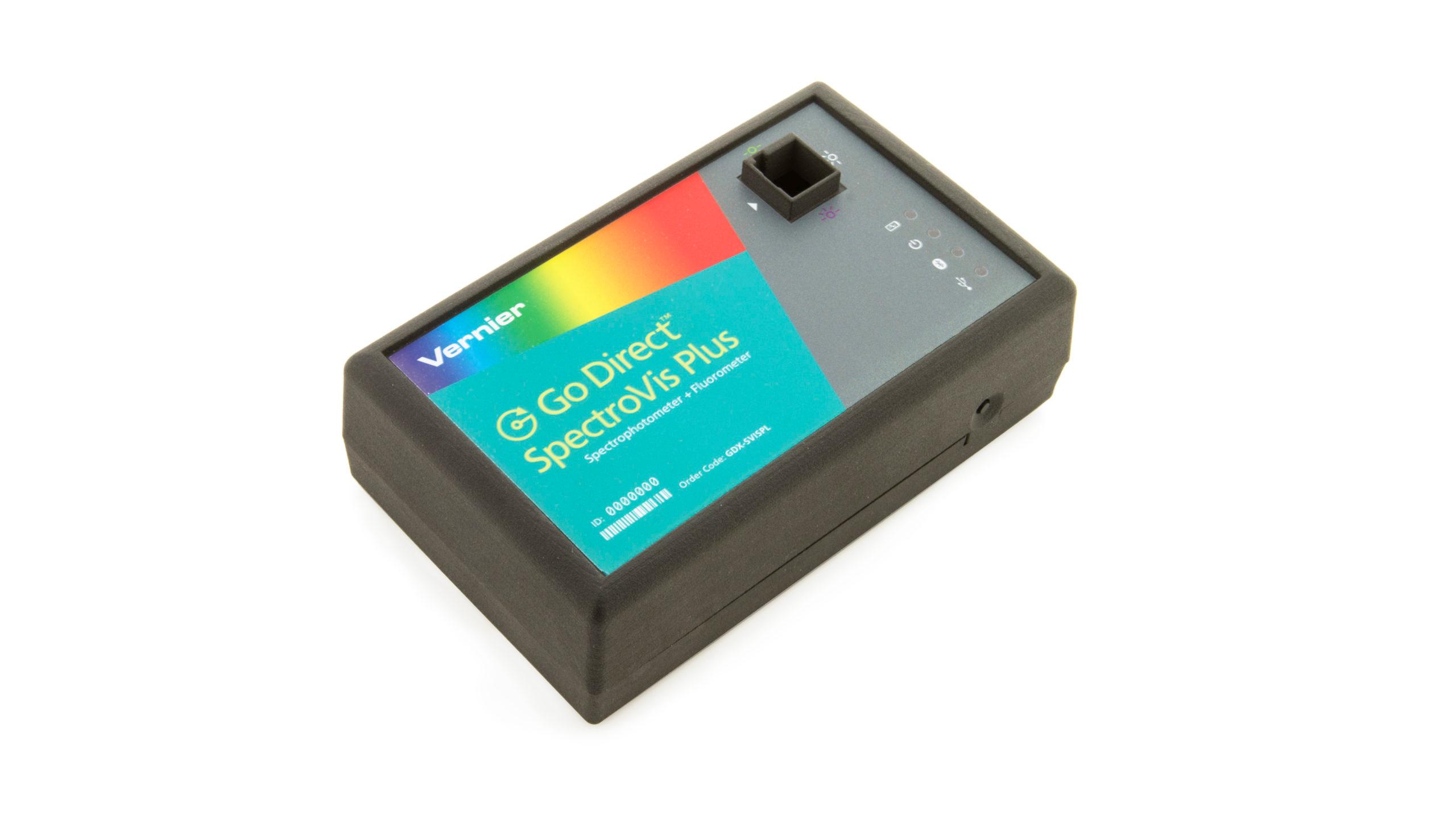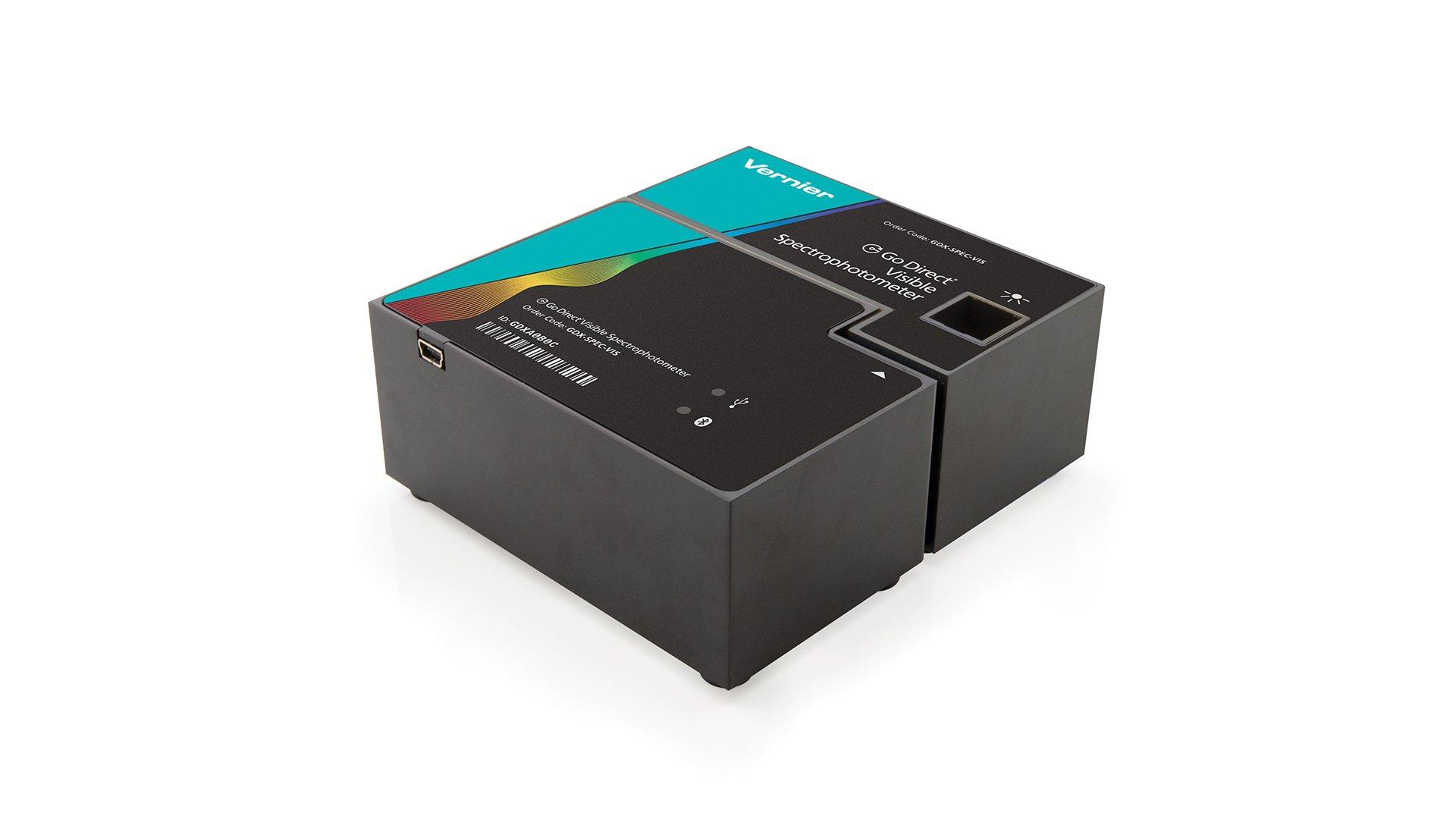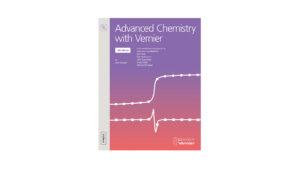Introduction
A basic kinetic study of a chemical reaction often involves conducting the reaction at varying concentrations of reactants. In this way, you can determine the order of the reaction in each species, and determine a rate law expression. Once you select a reaction to examine, you must decide how to follow the reaction by measuring some parameter that changes regularly as time passes, such as temperature, pH, pressure, conductance, or absorbance of light.
In this experiment you will conduct the reaction between solutions of potassium iodide and iron (III) chloride. The reaction equation is shown below, in ionic form.
As this reaction proceeds, it undergoes a color change that can be precisely measured by a Vernier Colorimeter or a Vernier Spectrometer. By carefully varying the concentrations of the reactants, you will determine the effect each reactant has on the rate of the reaction, and consequently the order of the reaction. From this information, you will write a rate law expression for the reaction.
Objectives
In this experiment, you will
- Conduct the reaction of KI and FeCl3 using various concentrations of reactants.
- Determine the order of the reaction in KI and FeCl3.
- Determine the rate law expression for the reaction.
Sensors and Equipment
This experiment features the following sensors and equipment. Additional equipment may be required.
Option 2
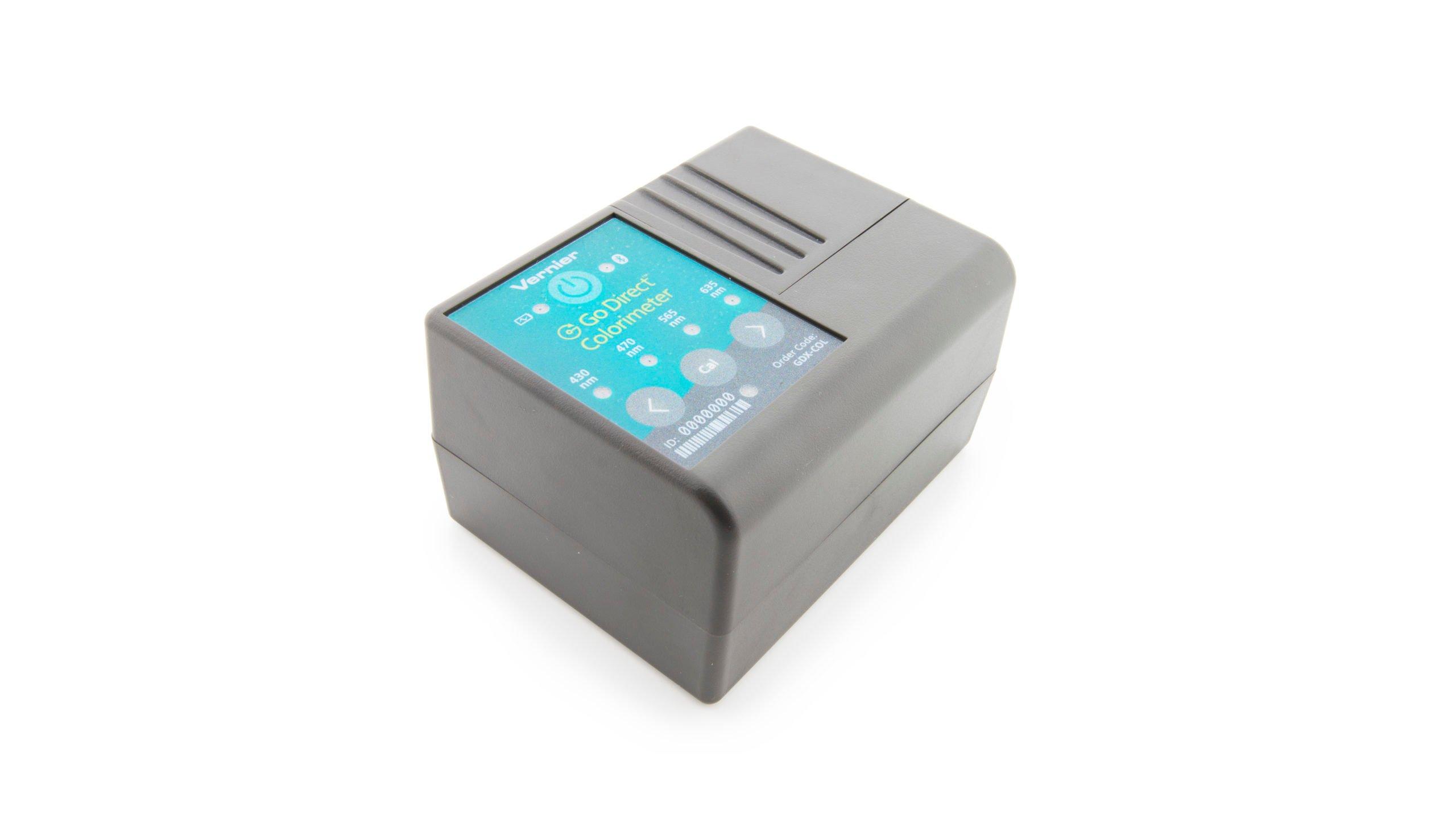
Option 3
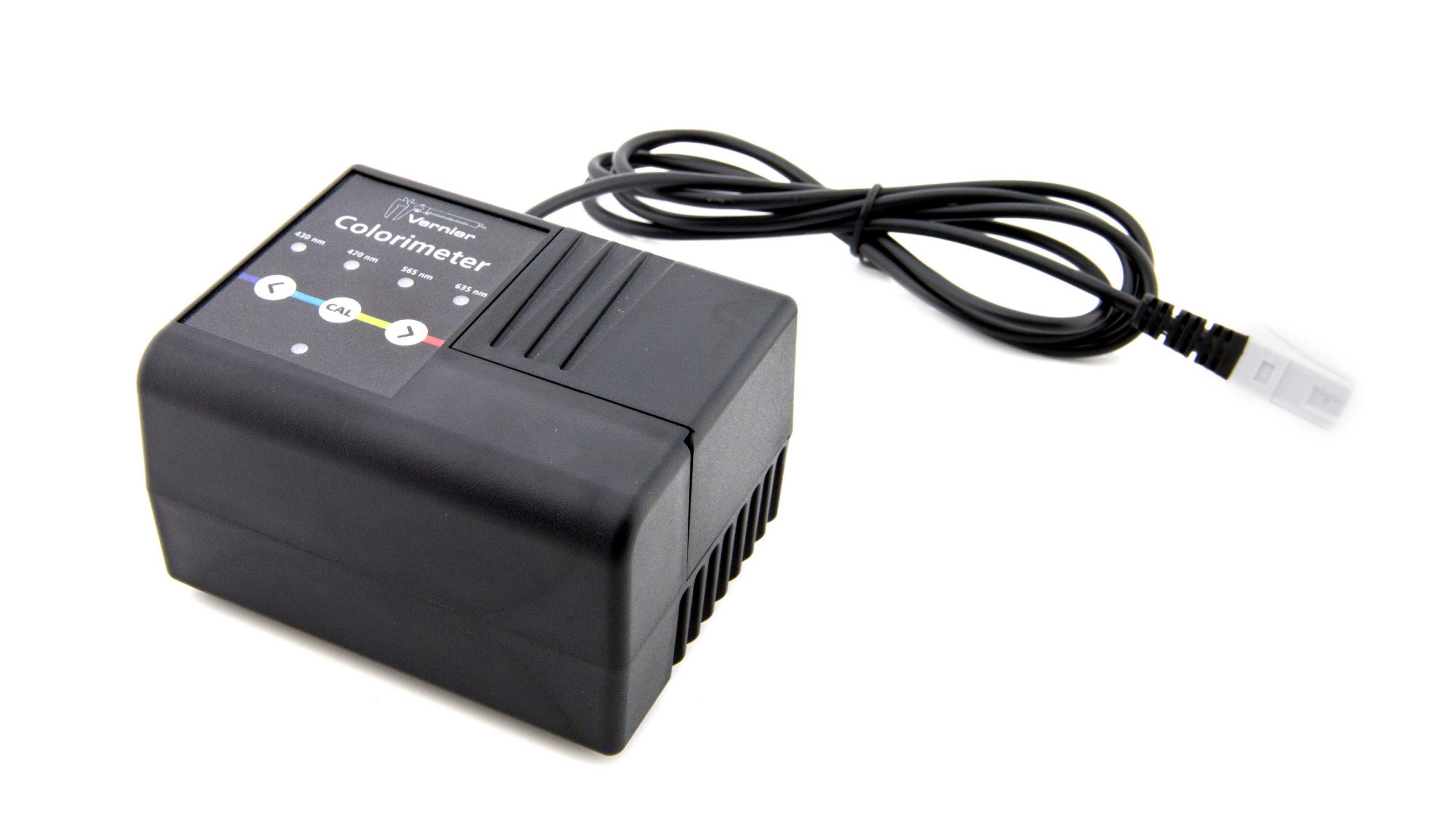
Correlations
Teaching to an educational standard? This experiment supports the standards below.
- International Baccalaureate (IB) 2025/Chemistry
- Reactivity 2.2.10—The order of a reaction with respect to a reactant is the exponent to which the concentration of the reactant is raised in the rate equation.
Ready to Experiment?
Ask an Expert
Get answers to your questions about how to teach this experiment with our support team.
- Call toll-free: 888-837-6437
- Chat with Us
- Email support@vernier.com
Purchase the Lab Book
This experiment is #25 of Advanced Chemistry with Vernier. The experiment in the book includes student instructions as well as instructor information for set up, helpful hints, and sample graphs and data.

